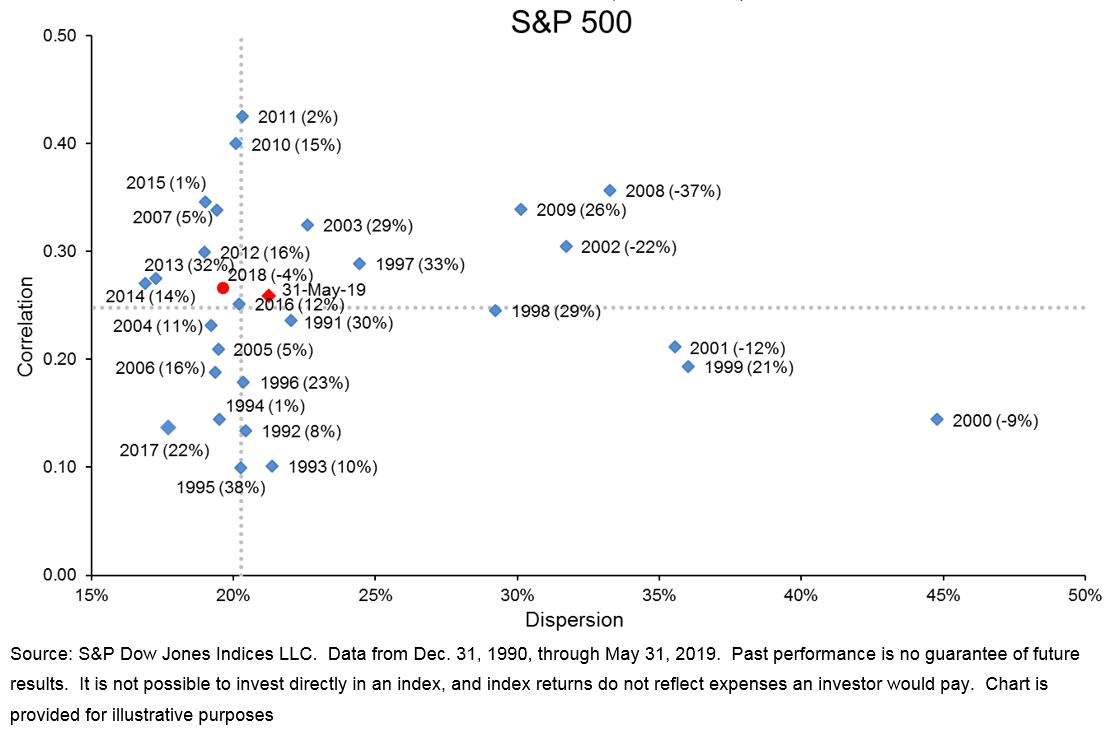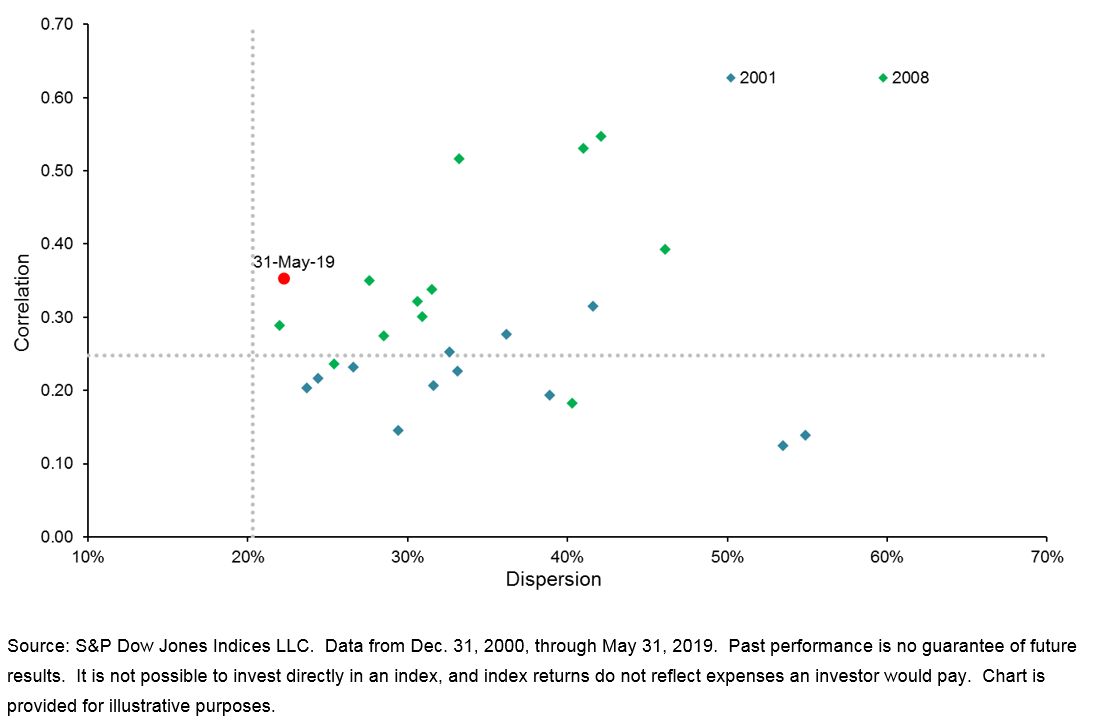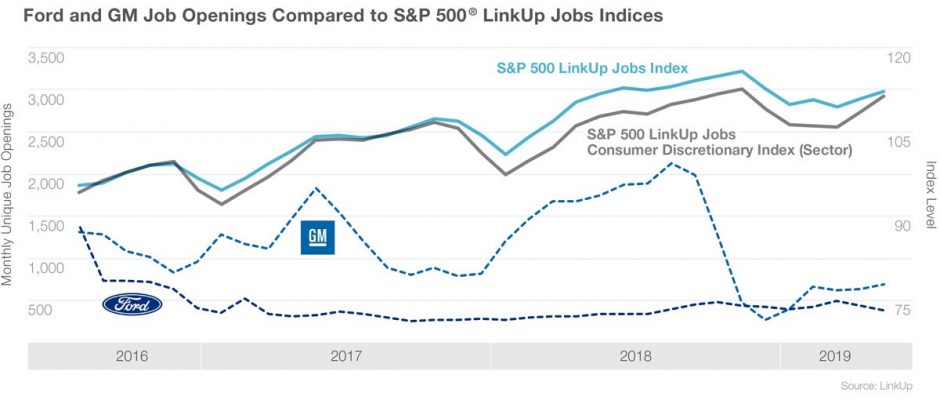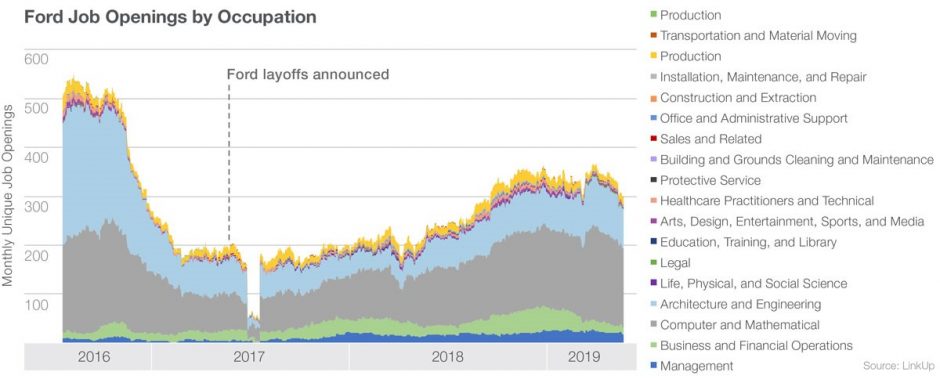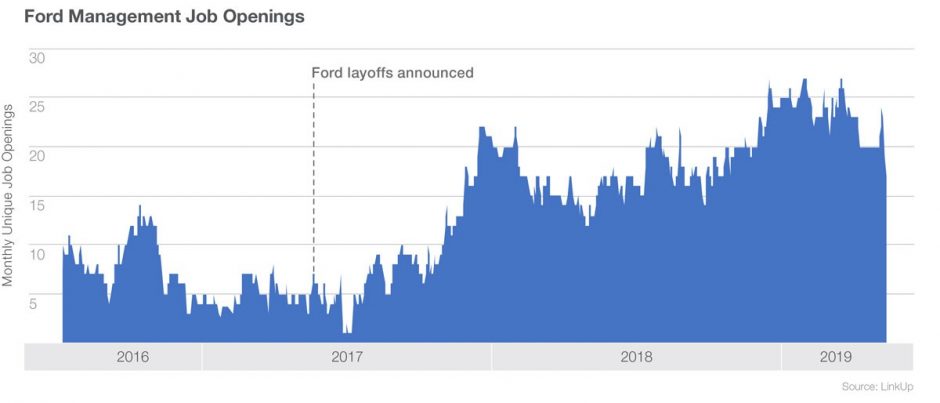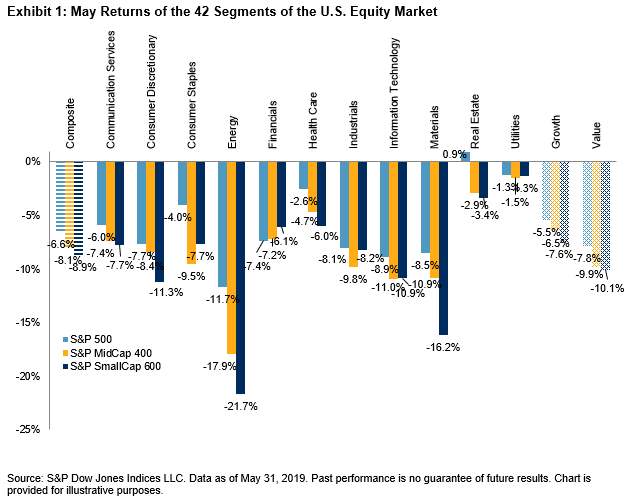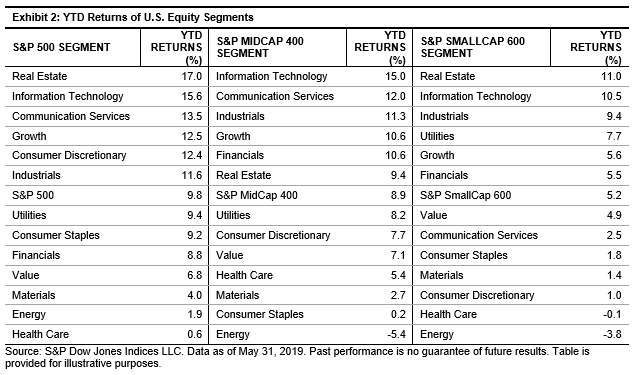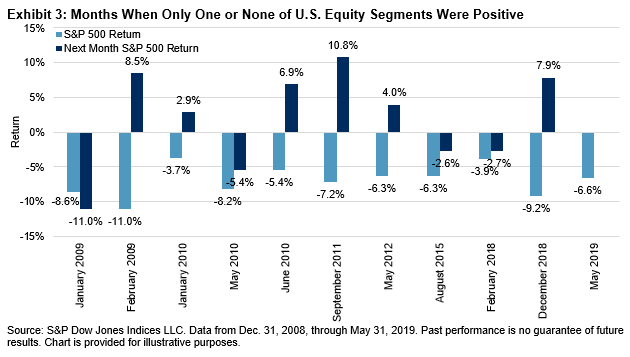Do you ever wonder where environmental, social, and governance (ESG) factors—now used in more than 25%[1] of all assets under management—come from? The short answer is: Mainly from the good-practices checklists maintained by a handful of big ratings agencies.
But where did those agencies get their checklists? Mainly from the fruits of a handful of turn-of-the-millennium sources, including John Elkington’s “Triple Bottom Line,” the “100 Best Companies to Work For” list, and the United Nations Principles for Responsible Investment.
But where did these sources come from?
Sixty-five years ago, Peter Drucker wrote in his landmark book, The Practice of Management, “What is most important is that management realize that it must consider the impact of every business policy and business action upon society.”
While Drucker would have applauded the rise of ESG investing, he would have encouraged it as one piece of a broader, holistic view of “social responsibility.” For Drucker, social responsibility begins with the customer. After all, he wrote, “it is to supply the consumer that society entrusts wealth-producing resources to the business enterprise.” Drucker also held that a corporation must take care of its employees, maintaining that if “worker and work are mismanaged” it is “actually destructive of capital.” He counseled that companies must constantly pursue innovation, not merely to grow revenue but in service of their basic function as society’s “specific organ of growth, expansion and change.” In all of this, Drucker was decades ahead of his time, anticipating an age in which 80% of a company’s value[2] would take the form of intangibles not shown on a balance sheet.
Not that Drucker considered financial strength unimportant. Business’s “first responsibility,” Drucker declared, “is to operate at a profit,” so as to fulfill its role as “the wealth-creating and wealth-producing organ of our society.” Ultimately, Drucker saw that social responsibility would be the highest expression of business purpose rather than a feel-good sideshow—a harbinger of today’s concept of “shared value” and the basis of the S&P/Drucker Institute Corporate Effectiveness Index. “It is management’s…responsibility,” Drucker wrote, “to make whatever is genuinely in the public good become the enterprise’s own self-interest.”
The evidence that investors and executives are still catching up to Drucker’s foresight is, sadly, all around. Pleas to fix capitalism before it breaks beyond repair aren’t only coming from dissatisfied workers and customers or political ideologues; they’re coming from the power elite at Davos and the Milken Institute.[3]
Here again, we find ESG’s roots in Drucker’s philosophy. Sixty-five years before today’s headlines about worried billionaires, Drucker wrote, “capitalism is being attacked not because it is inefficient or misgoverned but because it is cynical. And indeed, a society based on the assertion that private vices become public benefits cannot endure, no matter how impeccable its logic, no matter how great its benefits.”
The rising concern for capitalism’s social viability comes alongside booms in both ESG investing and ESG products and services. That’s no accident. In Peter Drucker, we have the same person to thank for laying ESG’s foundation, sounding the alarm about its importance, and prescribing it as a solution.
[1] Bernow, Sara, Klempner, Bryce, and Magnin, Clarisse. “From ‘why’ to ‘why not’: Sustainable investing as the new normal.” McKinsey & Company. October 2017.
[2] EY – The Embankment Project for Inclusive Capitalism Report.
[3] Jaffe, Greg. “Capitalism in crisis: U.S. billionaires worry about the survival of the system that made them rich.” The Washington Post. April 20, 2019.
The posts on this blog are opinions, not advice. Please read our Disclaimers.










































